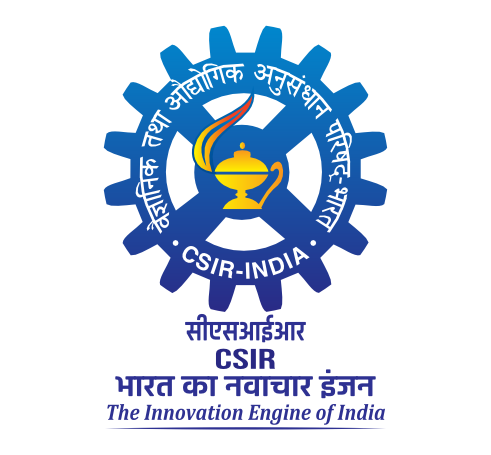Convective heat and moisture transfer coefficients during heat pump drying of Spirulina platensis extracts: effect of temperature and additives, and thermal analysis of powders
Hitesh, Jethani and Vikas Singh, Chauhan and Punil Kumar, H. N. and Umesh Hebbar, H. (2025) Convective heat and moisture transfer coefficients during heat pump drying of Spirulina platensis extracts: effect of temperature and additives, and thermal analysis of powders. Journal of Thermal Science and Engineering Progress, 65. pp. 1-16.
|
PDF
X1-s2.0-S2451904925007024-main.pdf - Published Version Restricted to Registered users only Download (1MB) | Request a copy |
Abstract
This work conducted heat pump drying of Spirulina platensis extracts and studied the effect of drying temperature and additives on drying characteristics, heat and moisture transfer parameters, and thermal properties of powdered extracts. A heat pump dryer with single-stage dehumidification and cooling was operated at 30 and 40 ◦ C, 10 % relative humidity, and 0.6 m/s air velocity. The cell-ruptured wet biomass extract was dried without additives (control, SE) and with 5 % w/w whey protein (SE + WP), dextrin (SE + DX), and maltodextrin (SE + MD). The experimental moisture ratio data agreed well with Dincer and Dost model under all drying conditions (R2, 0.9771 to 0.9933). The drying kinetics and moisture transfer parameters were significantly higher at 40 ◦C for all extracts. SE had the shortest drying time, highest moisture diffusivity, and maximum heat and moisture transfer coefficients at both temperatures, but the powder contained >12 % moisture content (wet basis). Whey protein was the most desirable additive, followed by dextrin. At 30 ◦C, SE + WP showed highest values of drying (5.047 × 10 4 s 1) and moisture transfer (3.498 × 10 7 m/s) coefficients. At 40 ◦C, SE + DX showed maximum moisture diffusivity (3.408 × 10 9 m2/s) and moisture transfer coefficient (4.953 × 10 7 m/s) but 6.15 % less heat transfer coefficient than SE + WP (6.044 ± 0.084 W/m2◦ C), p < 0.05. With whey protein, the melting temperature of SE was significantly increased, while SE + DX and SE + MD had water activity between 0.56 and 0.58 and the lowest glass transition temperature. The evaluation of heat and moisture transfer, drying kinetics, and powder properties facilitated the selection of suitable temperature and additive combination for cell- ruptured Spirulina platensis extract.
| Item Type: | Article |
|---|---|
| Uncontrolled Keywords: | Additives, Cell rupture, Heat and moisture transfer, Heat pump drying, Melting temperature, Spirulina platensis |
| Subjects: | 500 Natural Sciences and Mathematics > 08 Botanical sciences > 01 Botany > 01 Algae 600 Technology > 05 Chemical engineering > 02 Drying, Dehydration |
| Divisions: | Food Engineering Plant Cell Biotechnology |
| Depositing User: | Somashekar K S |
| Date Deposited: | 25 Sep 2025 09:27 |
| Last Modified: | 25 Sep 2025 09:27 |
| URI: | http://ir.cftri.res.in/id/eprint/19869 |
Actions (login required)
 |
View Item |

